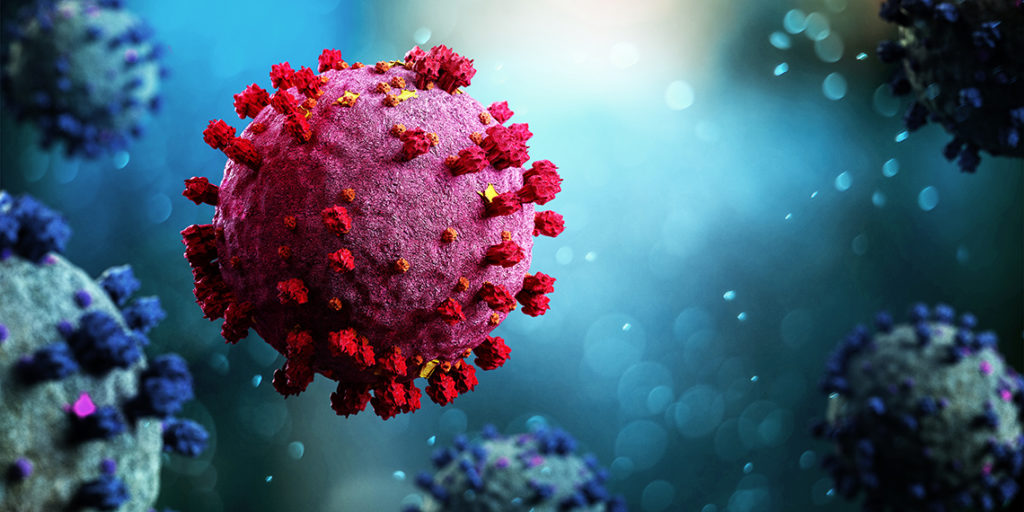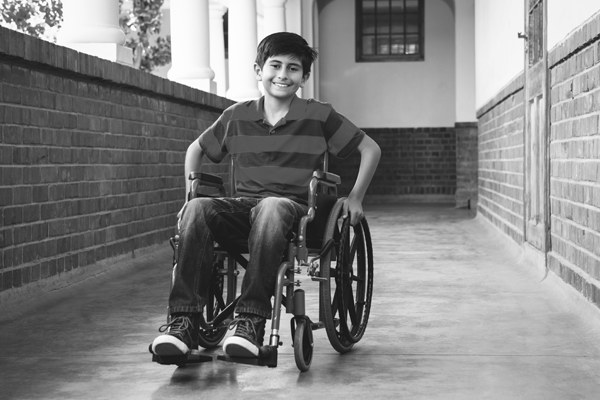COVID-19 and Neurologic Manifestations in Children
COVID-19 and Neurologic Manifestations in Children https://pediatricsnationwide.org/wp-content/uploads/2021/04/AdobeStock_333039083_web-1024x512.jpg 1024 512 Marlina Lovett, MD Marlina Lovett, MD https://pediatricsnationwide.org/wp-content/uploads/2022/02/100818BS0016_M-Lovett_croped.jpg- April 01, 2022
- Marlina Lovett, MD

Just weeks after SARS-CoV-2 was identified, global consortiums were formed to combat the pandemic. Health care providers and scientists worked together to learn how SARS-CoV-2 impacted the body, to share information, to generate hypotheses and to develop treatment approaches. The Global Consortium Study of Neurologic Dysfunction in COVID-19 (GCS-NeuroCOVID) was designed to provide insight into the acute neurologic signs and symptoms of SARS-CoV-2 in both adults and children.
Several pathophysiologic mechanisms have been proposed to explain the impact of acute and post-infectious SARS-CoV-2 on the brain, including: direct viral invasion, vasoconstriction/occlusion of the macro and/or microvasculature, effects of treatment and immune system dysregulation.1 Neurologic manifestations have been frequently reported in the adult literature and have included headache, loss of smell and/or taste, seizure, weakness, meningitis, coma and even stroke. In fact, the adult GCS-NeuroCOVID study noted an 82% incidence of neurologic manifestations.2 Strikingly, the presence of neurologic manifestations was associated with an increased risk of in-hospital death.
The recently published pediatric arm of the GCS-NeuroCOVID study provides insight into the neurologic manifestations of acute SARS-CoV-2 and the multisystem inflammatory syndrome (MIS-C) in hospitalized children.3 Forty-four percent of the 1493 enrolled children at 30 sites presented with at least one neurologic sign or symptom. The most frequent manifestations included headache (20%), encephalopathy (16%) and seizure (8%). Children with acute SARS-CoV-2 had a slightly different pattern of neurologic involvement compared to children who developed MIS-C after clearing an acute infection. Children with acute infection had headache (16%), encephalopathy (15%), and seizures (8%) while children with MIS-C most frequently had headache (47%), encephalopathy (22%) and dizziness (12%). Throughout the entire cohort, the rates of severe complications such as meningitis/encephalitis (1.3%) and stroke (0.9%) were low. Although the overall mortality rate was low, 15 children died.
Children with MIS-C were more likely to have neurologic manifestations compared to those with acute SARS-CoV-2. Older children and those with pre-existing neurologic conditions had a higher rate of neurologic manifestations. Children often experienced neurologic symptoms before hospitalization. Importantly, children that presented with neurologic manifestations were more likely to require ICU level care and had a longer hospital length of stay.
The incidence of neurologic manifestations reported in the GCS-NeuroCOVID study is higher than previously reported pediatric data.4 Taken together, the limited pediatric literature thus far reports severe, life threatening neurologic complications in children. Though children have a lower rate of stroke, they have a higher rate of seizure than the adult population.2,3
As of January 26, 2022, 883 children in the United States have died with confirmed or presumed SARS-CoV-2.5 While we continue to learn about the acute effects of SARS-CoV-2 in children, we lack data on the long-term consequences on child health, including neurodevelopmental deficits, new co-morbidities and health-related quality of life. Prior studies have shown that some children are being discharged home with new neurologic deficits4 but it is unclear as to whether these deficits will progress or improve over time. Consortiums like the GCS-NeuroCOVID group may help answer these questions as they follow a cohort of affected children after hospital discharge. With longitudinal data, researchers can begin to assess the true impact of SARS-CoV-2 on child health and help our community move past this pandemic.
References
- Schober ME, Pavia AT, Bohnsack JF. Neurologic Manifestations of COVID-19 in Children: Emerging Pathophysiologic Insights. Pediatric Critical Care Medicine. 2021;22(7):655-661
- Chou SH, Beghi E, Helbok R, et al. Global Incidence of Neurological Manifestations Among Patients Hospitalized With COVID-19-A Report for the GCS-NeuroCOVID Consortium and the ENERGY Consortium. JAMA Netwwork Open 2021;4(5):e2112131
- Fink EL, Robertson CL, Wainwright MS, et al. Prevalence and Risk Factors of Neurologic Manifestations in Hospitalized Children Diagnosed with Acute SARS-CoV-2 or MIS-C. Pediatric Neurology.. 2021;128:33-44
- LaRovere KL, Riggs BJ, Poussaint TY, et al. Neurologic Involvement in Children and Adolescents Hospitalized in the United States for COVID-19 or Multisystem Inflammatory Syndrome. JAMA Neurology 2021;78(5):536-547
- Prevention CfDCa. Provisional COVID-19 Deaths: Focus on Ages 0-18 Years. 2022; https://data.cdc.gov/NCHS/Provisional-COVID-19-Deaths-Focus-on-Ages-0-18-Yea/nr4s-juj3.
Image credit: Adobe Stock
About the author
Marlina E. Lovett, MD, is an attending physician in the Pediatric Intensive Care Unit at Nationwide Children’s Hospital and an assistant professor of clinical pediatrics at The Ohio State University School of Medicine. Dr. Lovett earned her Bachelor of Science at Emory University and attended medical school at Wake Forest University School of Medicine. She completed her residency at Cincinnati Children’s Hospital Medical Center and her pediatric critical care fellowship and an additional year of neurocritical care at Nationwide Children’s Hospital. Dr. Lovett joined the Nationwide Children’s Hospital faculty in 2018. Her clinical and research interests focus on neurocritical care, including the use of noninvasive neuromonitoring.
-
This author does not have any more posts.
- Post Tags:
- COVID-19
- Critical Care
- Neurology
- SARS-CoV-2
- Posted In:
- In Brief
- Research
- Second Opinions






